-
Always Ensure Proper Fish Feed
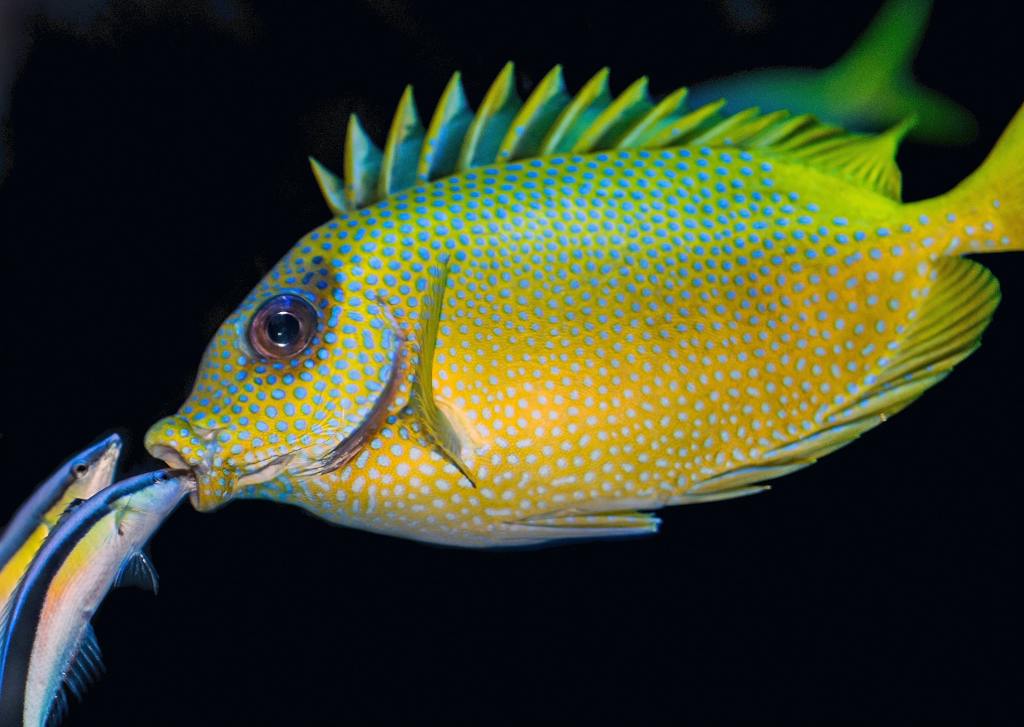
The most common and basic question about fish culture is about the fish feed and mineral mixture by the beginners in this field. These questions might be basic and common but are very important for fish growth. The amount of fish feed and the type of fish feed have direct relationship with a good healthy fish. However, the amount of feed and how often a fish eats totally depends upon their preferences and their nature. Where a herbivorous fish will need to feed throughout a day to fulfil its minerals and nutritional requirements, carnivorous fish will eat less frequently. Omnivorous fish have a lot of options when it comes to suitable fish feeds for them.
So, what you can choose as fish feed?
First thing you must know is the nature of the fish, if its herbivores, carnivores or omnivores? However, if you are keeping a variety of fishes in your aquarium, getting them a combination of plant and meat-based fish feed is always a good idea to keep all the fishes in your aquarium happy. There is another important tip for the fish feed related to the size of fish feed, the size of the feed must be as similar to the size of their mouth. Large predator fish will not eat feed that’s too small in size and the uneaten food will only pollute the water quickly.
The amount of fish feed
The ammonia and nitrite levels increase very quickly when there is uneaten food in an aquarium, which is not a good thing for fishes and so it is always preferred to underfeed. According to experts it is recommended to feed only the amount of feed that can be finished within 2-3 minutes. Another thing to be considered about fish nature is if they are surface feeders or bottom feeders. Some fishes are shy and only eat food once it drifts into their safe zones.
Scheduling fish feed and mineral mixture
Most commonly feeding is done twice a day and that is even sufficient. However, we have also seen people skipping fish feeds one or twice a week to allow fishes to clear their digestive systems. Where a large fish can have longer time between their feeds, a small fish has fast metabolism and need feed throughout a day but in small quantities.
The most ideal timing for fish feed is early in the morning and at the evening except the herbivores and small fishes which feeds throughout a day. Another thing important with feeding is to turn on aquarium lights half an hour before feeding in the morning and keeping lights for the same time after evening meals.

Long healthy lives, vibrant colors, resistance to diseases and good growth only depends on good quality and right quantity of fish feed and mineral mixtures.
-
Different Types Of Shrimps

When we talk about shrimps, there so many of them that should be mentioned. Some can well adjust and can breed very well in shrimp aquarium and some can not survive in a captive environment. However, most of them can survive fairly with minimal care. Lets discuss about different types of shrimps today in this article.
Red Cherry Shrimps
Let’s start with Red Cherry Shrimps, as you can guess by the name, they are red in colour. However, the colour red doesn’t get noticeable unless the shrimps get comfortable with the new surroundings. The female shrimps are darker in colour than male shrimps. They can stand very well with change in water temperatures.
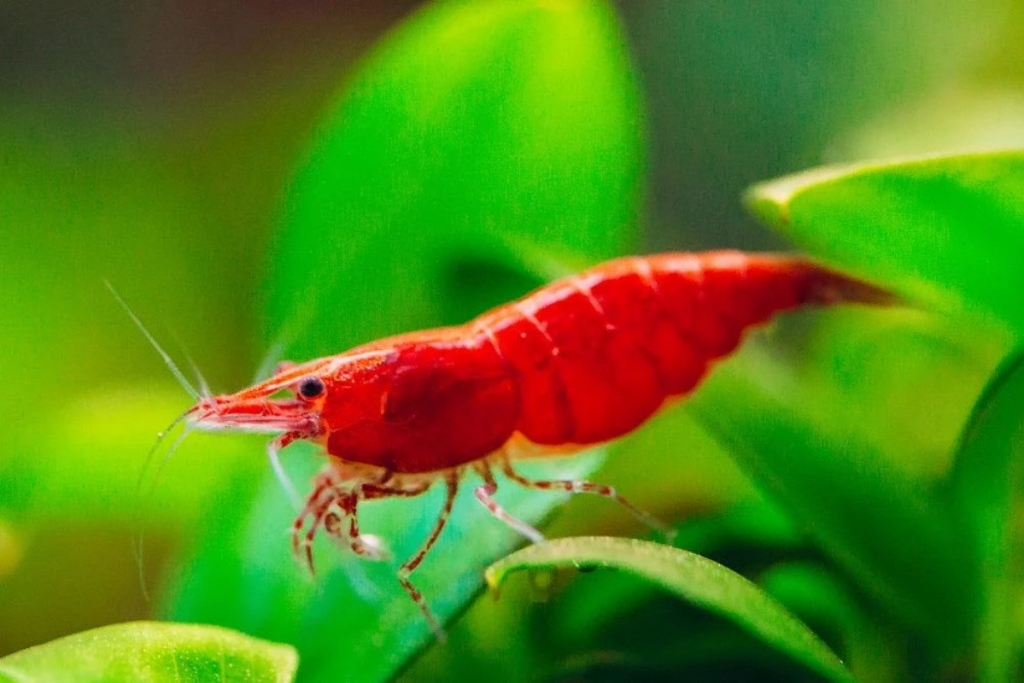
The Bee Shrimps
The name of Bee Shrimps is named after their stripes on the outer shell of them that is as like as the stripes of a bee. They love to eat fish food and algae. It is too easy if you want to breed shrimps. The only thing to be cautious about is water temperatures.
The Tiger Shrimp
They are named after the jagged stripes on them like a tiger. They also eat fish food and alae too. You must keep this tiger shrimps away from other shrimps if you want to breed only tiger shrimps as they also cross breed.
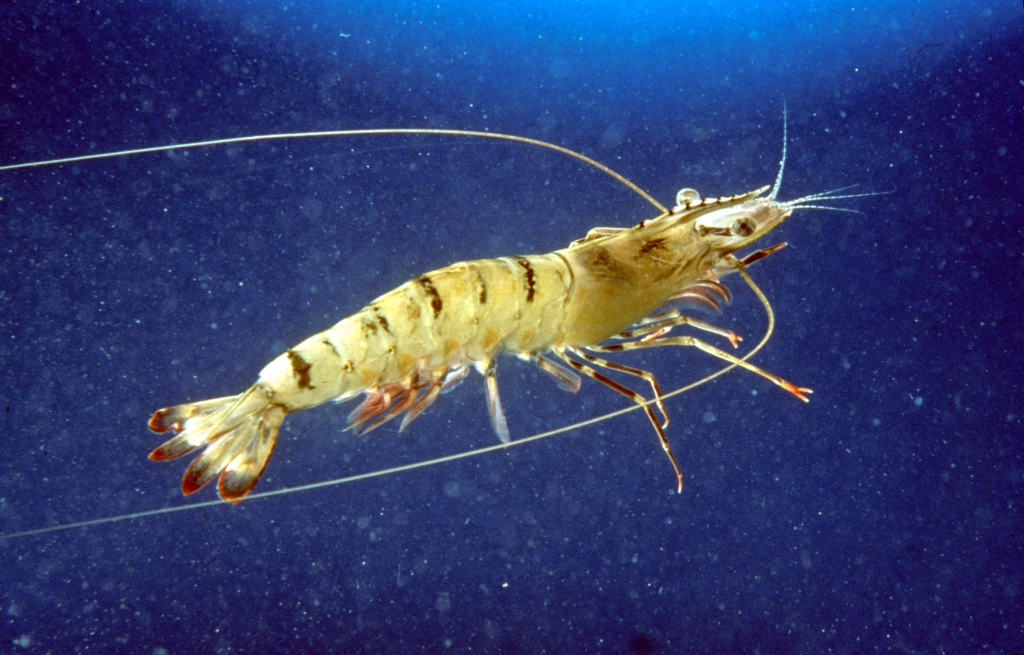
The Green Shrimps
The one thing that Green Shrimps cannot stand with is hard water. They are from Indian Dwarf family and their colour doesn’t stay same when they are not healthy. So, when you find out the green colour is changing, make sure you investigate what’s wrong and what is disturbing them.
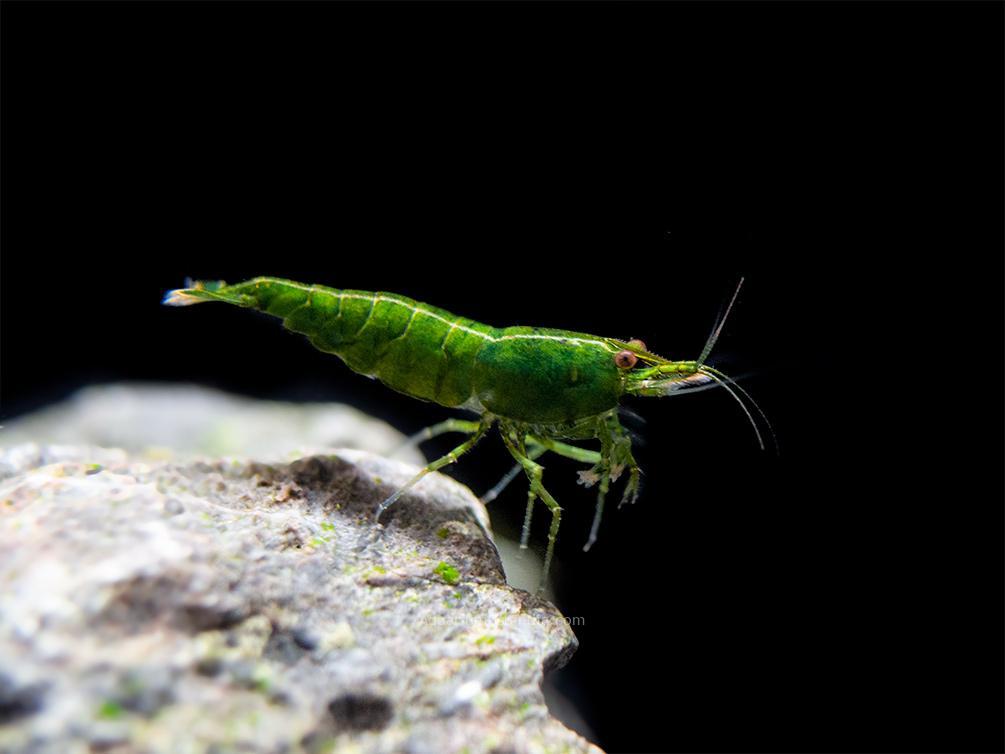
Snowball Shrimps
Snowball shrimps are most interesting out of all as you can see eggs through their body which look like snowballs.
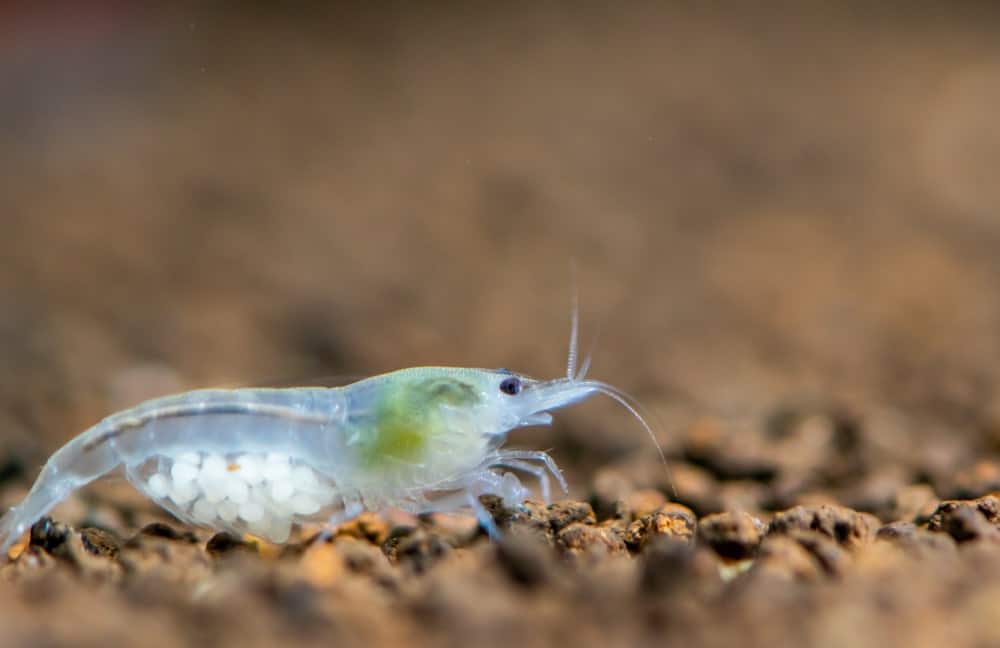
Malaya Shrimps
They can thrive in ordinary tap water and can breed in variety of water temperatures. Most interesting thing about them is the colour changing property of them. They are found in Japan mostly.
Vampire Shrimps
The scientific name is Atya Gabonesis. They are rarest of all shrimps.
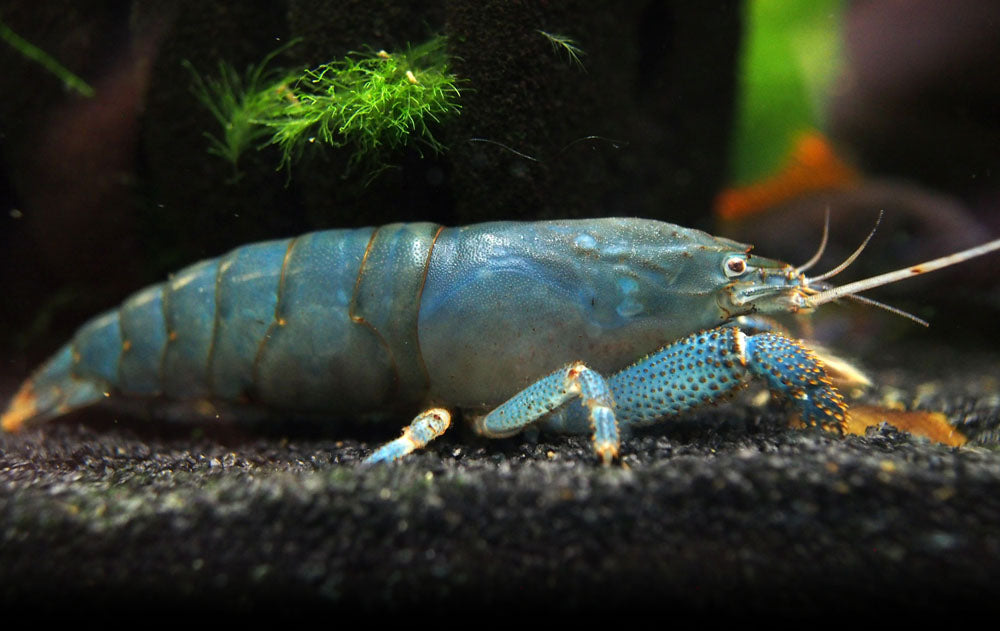
The Yellow Nose Shrimps
They are transparent in nature and have long nose.
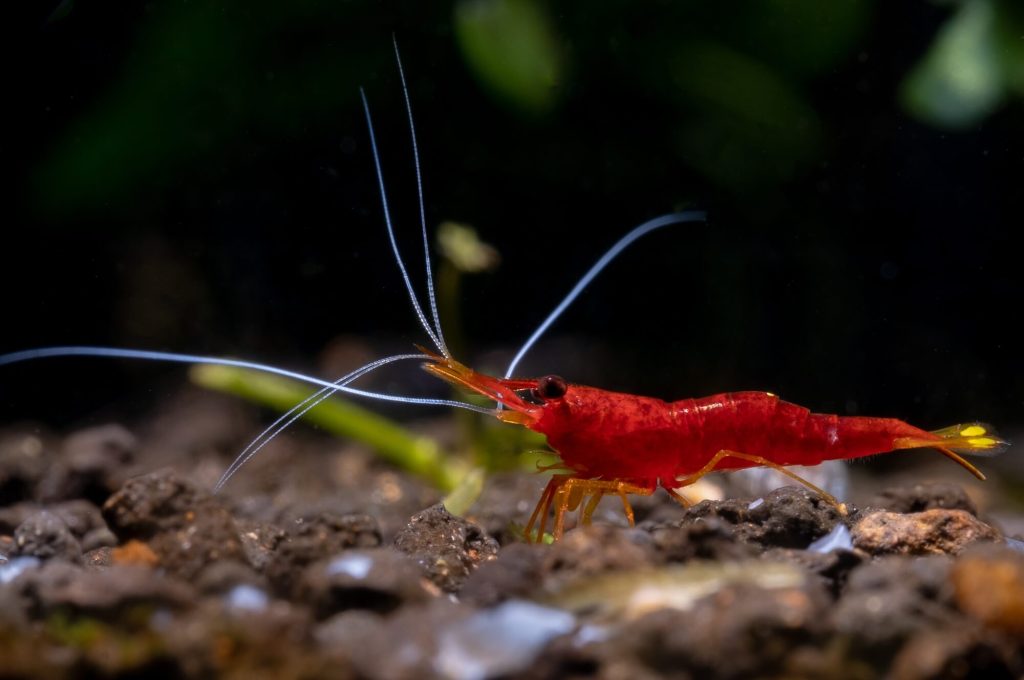
Before you breed any Shrimp in your aquarium, make sure your study about the temperature requirements and the environment best suitable for their breeding. Check out the link to learn more about shrimp hatchery feeds.
-
Is It Easy To Breed Blue Pearl Shrimp?
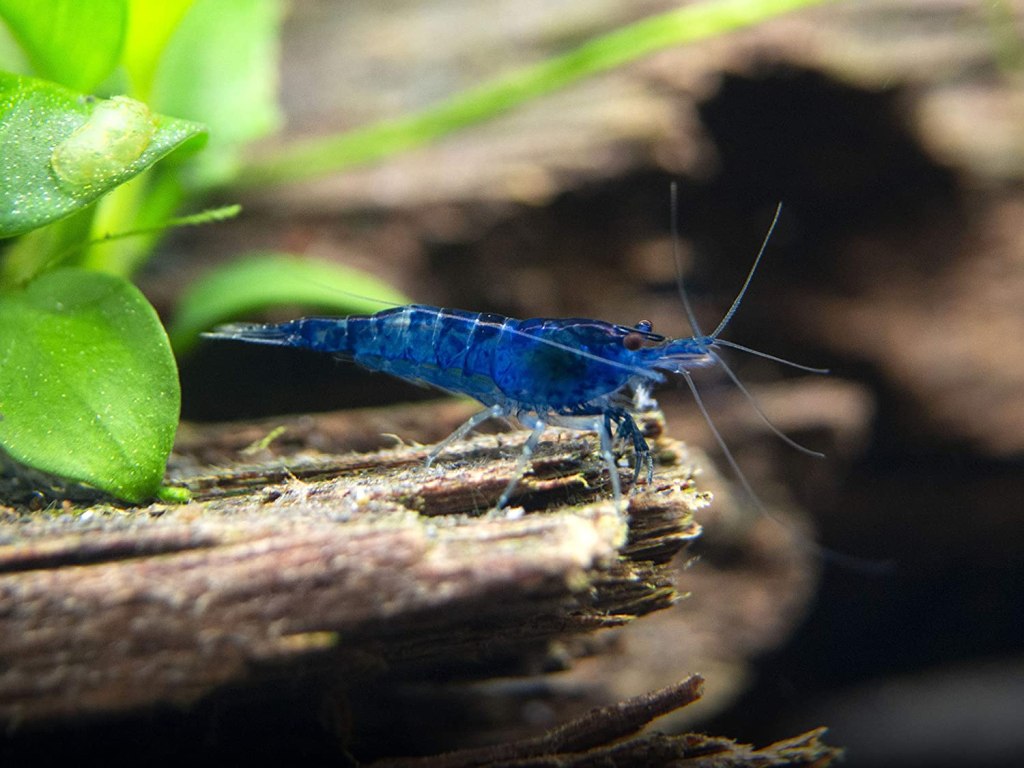
The blue pearl shrimps are very popular among American dwarf hobby. They are blue in colour and from the family of Neocaridina cf. zhangjiajiensis. This is the same family of so-called Snowball Shrimp comes from. The main reason behind their popularity is simple shrimp feed requirements, easy to take care of and the high volume of breeding they produce.
The requirements for their breeding are very minimal including an aquarium with no ammonia, nitrites and very less nitrates. They require 6 to 7 range of pH and temperature ranging 68 to 75 degrees. The only thing that you need to be cautious about while breeding Blue Pearl Shrimp is to avoid extreme water parameters as they like consistent water parameters only. Shrimp hatchery feeds is very simple for blue pearl shrimps because them being Omnivores in nature, they will just eat anything that they find to be eaten in their aquarium. Naturally blue pearl shrimps are algae eaters and so a boiled soft vegetables like zucchini and spinach are also a great choice of foods for them. However, it is important not to over feed them as it can increase the volume of ammonia in the aquarium.
With the right environment and right amount of male and female blue pearl shrimp, they will breed in high volume in an aquarium. Male shrimps are smaller and less colourful as compared to the female one. Once they mate, females tend to carry their eggs under their tales. Moreover, once the babies hatched, you don’t have to give any special care for them but only needs to avoid predators and filters that can kill them.

A continuous growth is seen in the popularity of the Blue Pearl Shrimp which has naturally improved its scale of distribution as well. So, now you know that it is very easy to take care of blue pearl shrimps, check out the link given and learn more about shrimp hatchery feeds.
-
RIGHT WAY TO UPKEEP SHRIMPS
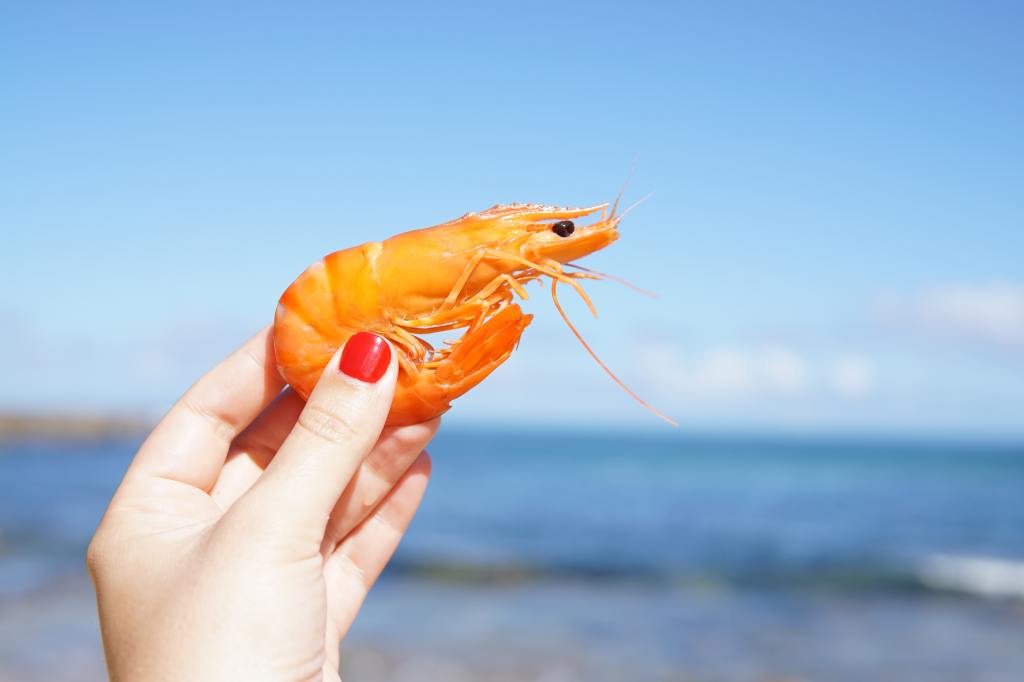
Shrimp is very good source of food for adult fishes and can grow up to 20mm long in size. Because of their nutritional values shrimp is considered as one of the ideal fry foods. Shrimps can survive in fresh water up to 5hrs, whereas eggs can be stored for years if kept away from moisture and air. However, eggs can resume their development on coming into contact with oxygenated saltwater.
For hatching of eggs temperature of water plays a big role. It takes more time for eggs to hatch when the water temperature is lower. Generally, eggs take around 20hrs for hatching at 25 degrees Celsius. Once hatched, next stage is called umbrella and yolk sac is their only source nutrition. After few hrs of second stage, they begin consuming food through filtration of micro-algae. After growing fully in next 8hrs they live up to 3 months.
Shrimp Rearing Protocols
Apart from above factors there two more important factors you must know about shrimp rearing.
Shrimps are not so choosy when it comes to their food as they consume whatever they can filter from water. You can buy shrimp hatchery feeds and shrimp feed at any pet shop. They generally contain micro-algae. However, you can also opt for cheaper options like egg yolk, soybean powder and wheat to fee shrimps.
It is not easy to tell that what quantity of feed is enough for shrimps. However, make sure do not make water cloudy with the feed.

Upkeep
For better shrimp quality you must keep your tank clean. As the tank in which shrimps are kept are usually small, changing water twice a week is recommended. Maintenance work is recommended to be done at night using a torch to lure shrimps to the surface which makes bottom of the tank free for maintenance work. When the ideal conditions are maintained for shrimps, only than they grow well and even female shrimp produce more nauplii.
Buy Shrimp Hatchery Feeds
Visit www.spfshrimpfeeds.com to know more about shrimp hatchery feeds, frozen artemia biomass and shrimp broodstock feeds.
-
Subscribe
Subscribed
Already have a WordPress.com account? Log in now.